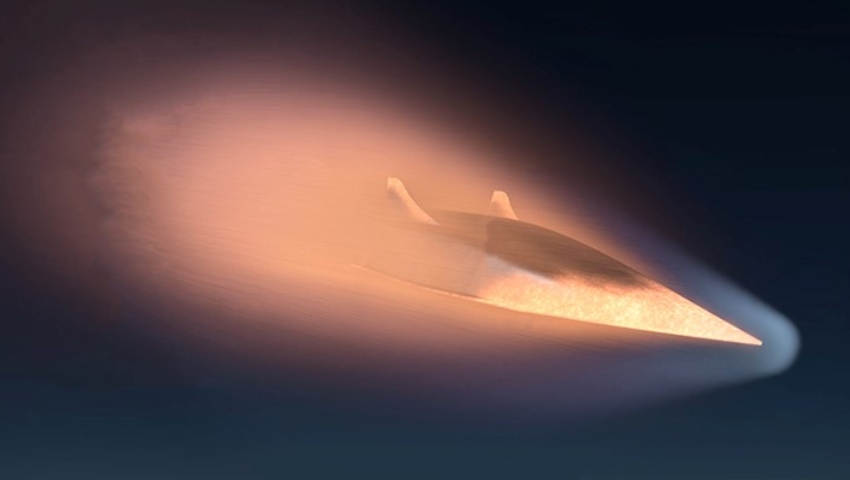A Lockheed Martin-built hypersonic missile has been test fired from a Boeing-built Stratofortress bomber.
The US Air Force and Lockheed Martin have jointly conducted a hypersonic-boosted flight test of the AGM-183A Air-launched Rapid Response Weapon (ARRW) from a Boeing B-52H Stratofortress long-range strategic bomber.
The test aimed to assess the missile’s ability to reach and withstand operational hypersonic speeds, collect crucial data for use in further flight tests and validate safe separation from the aircraft, ensuring the glide body and warhead hits designated targets from stand-off distances.
“The need for hypersonic strike capabilities is critical to our nation and this successful test will help us to maintain an accelerated and rigorous timeline,” Dave Berganini, vice president of hypersonic and strike systems at Lockheed Martin Missiles and Fire Control, said.
“Our strong partnership with the US Air Force has allowed us to quickly progress hypersonic technologies for our men and women in uniform.”
The ARRW rapid prototyping program was sanctioned by Section 804 authorities provided by the US Congress, which Marya Bard, US Air Force ARRW program director said would “significantly accelerate” the development and testing of the weapon.
“The tightly integrated Lockheed Martin and government team achieved speed with discipline by focusing on a common vision of providing combatant commanders a survivable rapid response strike capability as early as possible,” Bard added.
According to Lockheed Martin, further booster and all-up-round test flights are scheduled throughout 2022, with the program expected to achieve early operational capability (EOC) in 2023.
This was the latest hypersonic missile test conducted by Lockheed Martin this year.
In April, the company tested its Hypersonic Air-breathing Weapon Concept (HAWC) as part of a collaboration with the Defense Advanced Research Projects Agency (DARPA), Air Force Research Laboratory (AFRL), and Aerojet Rocketdyne (AJRD).
The missile reportedly hit speeds in excess of Mach 5 at a peak altitude above 65,000 feet (just under 20 kilometres).
Less than a year earlier, Lockheed Martin completed a demonstration alongside Northrop Grumman, as part of a broader project supporting the US Navy’s Conventional Prompt Strike (CPS) and the US Army’s Long Range Hypersonic Weapon (LRHW) programs.
The companies tested the first stage solid rocket motor, which fired for the full trial duration and reportedly met performance parameters and objectives within anticipated ranges.
[Related: Lockheed Martin tests hypersonic missile ]









